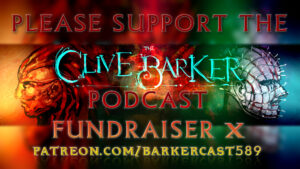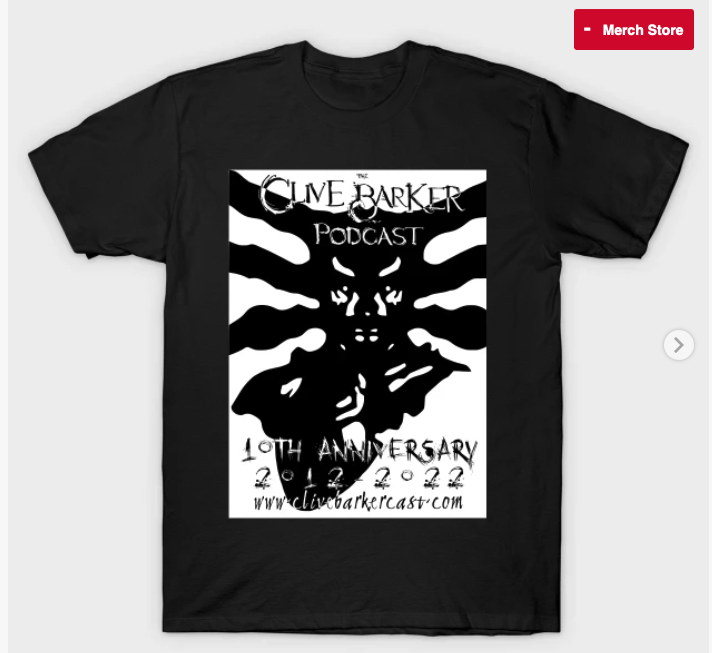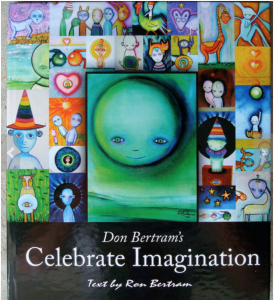Age of Desire Graphic Novel Review
“Love looks not with the eyes but with the mind. And therefore is winged cupid painted blind.”- Midsummer Night’s Dream
Have you ever wanted to read a story where a scientific experiment goes horribly wrong and turns a man into a sex craved monster? Than look no further than Clive Barker’s The Age of Desire. Luckily, writer P. Craig Russell and the talented illustrator Tim Bradstreet were hired to shape Barker’s Books of Blood short story into graphic novel form and being a fan of both men’s work I was anxious to see how the final product would turn out. So how did they do? For me you couldn’t have asked for a more faithful interpretation of the source material.
It’s been twenty years since I’ve read this story and I never took into account how sad and tragic it really is. Before I was simply reading what was on the surface instead of reading between the lines and studying the story’s subtext and deeper meanings. For example, the constant motifs between the fire, hearts, and rotting strawberries. All of this plays a big part in understanding what Barker is trying to say here. There’s so much more going on in this story than the lust for sex. The story touches on the most basic themes of life and death.
For me The Age of Desire at its most basic core is a Frankenstein story: Dr. Welles being Frankenstein and Jerome is his monster. And just like in Frankenstein the monster becomes the one we sympathize with the most. Yes, Jerome does some awful things through out the story (the part where he fucks a hole through a brick wall was harsh) but is it really all of his fault? The story never says that Jerome knew what the drug would do to him so I’m assuming he didn’t. Which goes back to a universal theme in general that monsters are created and never born into this world. And I found it curious how he began to enjoy life the more he came in touch with his desires, however wrong they may be.
And if you want to get even more black and white about it, can the reader blame all of this mess on Dr. Welles too? Project Blind Boy was intended to help schizophrenics but through his investigative research he became to see himself as the bringer of the millennium. He created a God complex for himself but in the end decided not to go through with it because he wanted to live. The moment where Jerome stops himself from killing Welles reminded me of the ending of The Bride of Frankenstein where the monster decides to let his maker live and he decides to die. I don’t know if Clive Barker was consciously drawing parallels between the stories but it’s not hard to make comparisons between them.
As far as how the story is adapted into a graphic novel, the script by P. Craig Russell follows the short story pretty much to the last sentence. But he adds in his own touch of nihilism to end the story on a more somber note which I really enjoyed. It takes a special writer to understand Clive’s sensibilities and themes and Russell obviously gets what Barker was trying to say with The Age of Desire.
Of course we’ll never know how the book would’ve turned out if Russell had been able to do it all by himself, but getting Tim Bradstreet to finish it wasn’t a bad idea at all. I’ve always enjoyed his style of shooting actors on sets and then illustrating over them. It gives the story a more cinematic feel and 3D look that I really enjoy.
Some special features are also offered with this hardcover graphic novel edition. We get a small peek into the style of art that Russell was trying to accomplish before he was removed from the project. Originally, he wanted to do the graphic novel in color but I think that would’ve been a mistake. The graphic novel is in black and white (another reminder of Frankenstein) which I think added more internal conflict for the characters and a reminder that we’re living a in a world that’s both black and white.
There are also two very informative afterwords by Russell and Bradstreet that tells a story in itself about how it took many years to get The Age of Desire out and into the world. Both men share their own tough experiences through the process of getting it made and how they’re happy to finally have it completed. They’re both fascinating reads and another great example of how a creation takes time to evolve and finally come to life.
I highly recommend this to anyone who hasn’t read the short story or even to people that have. Seeing the story presented in a whole new medium makes the experience of revisiting it a lot more rewarding. Cheers to Russell and Bradstreet for hanging in there and finally letting the fans see this great piece of art.
My Score: 10/10






























